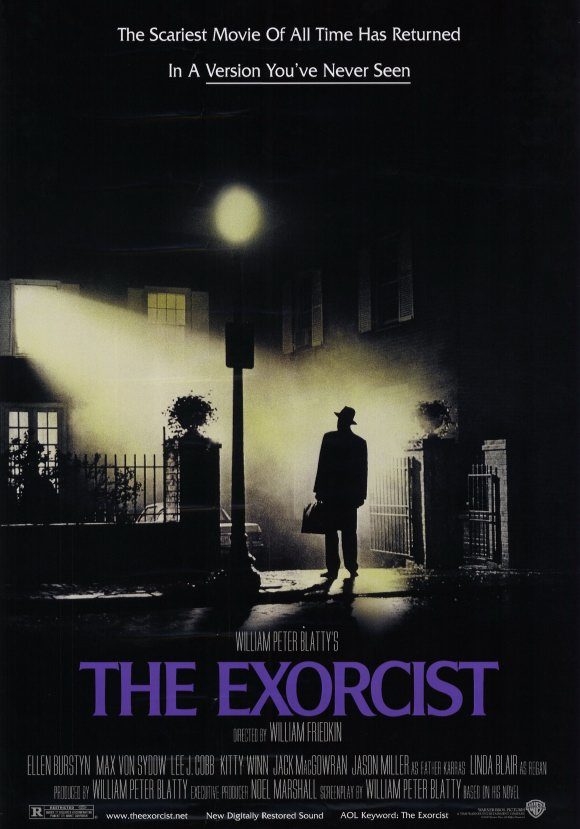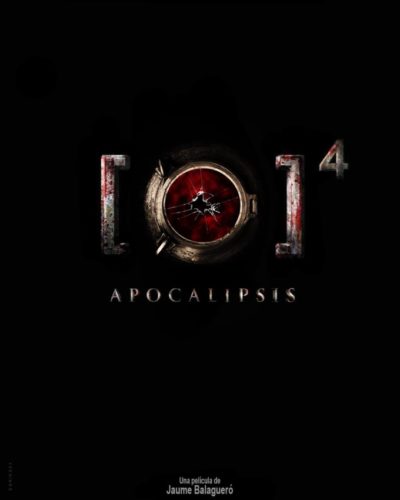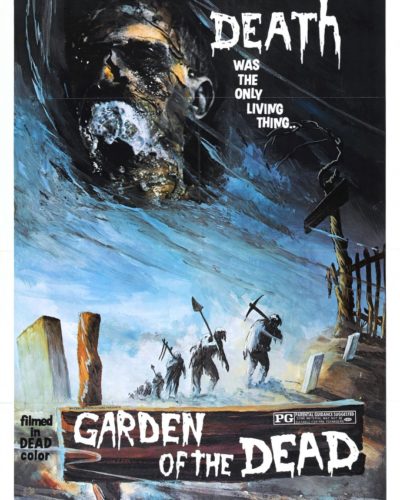Whispers of the Demonic: A Deeper Look into The Exorcist
The Unholy Inception: Gritty Realism Meets Supernatural Terror
“What an excellent day for an exorcism.” The chillingly calm line from William Friedkin’s ‘The Exorcist’ has echoed through the corridors of horror cinema since its 1973 release, setting a precedent for all films that followed in the macabre dance of demonic possession. At its core, ‘The Exorcist’ transcends its narrative about an innocent girl possessed by an ancient demon, pivoting around the desperate struggles of her mother and the crisis of faith of a young priest. It delves unflinchingly into the realm of spiritual warfare, depicted through a blend of visceral realism and gothic horror, in a time before the genre became awash with digital effects.
Whispers in the Dark: Crafting the Atmosphere of ‘The Exorcist’
The horror of ‘The Exorcist’ creeps upon the audience through a crescendo of unsettling quietude and abrasive terror. Friedkin masterfully deploys suspense and foreboding, entwined with moments of visceral shock, to craft an atmosphere thick with dread. Each frame seethes with tension, often leaving viewers suffocating under the weight of an ominous silence before shattering their composure with the film’s shocking and taboo scenes.
The director’s approach to building tension is both methodical and instinctive. Friedkin guides the audience through a labyrinth of everyday realism and erupting chaos, stirring a potent cocktail of psychological and supernatural fear. This duality maintains the film’s relentless grip on the viewer’s psyche, immersing them into the narrative with an uncanny ability to resonate on a personal and primal level.
Through the Devil’s Lens: The Immaculate Horror of Visual Storytelling
The cinematography of ‘The Exorcist’, helmed by Owen Roizman, is an exercise in visual subtext. Utilizing innovative camera techniques for the era, the film employs a range of shots that amplify the story’s emotional undercurrent. Moody lighting casts elongated shadows, color palettes fluctuate between cold sterility and hellish warmth, while unconventional angles contribute to a growing unease.
Special effects, though dated by modern standards, remain unnervingly effective. The practical makeup and set design achieve a verisimilitude that no amount of CGI can replicate. It’s the visceral tangibility of Regan’s transformation and the kinetic energy of the exorcism that bury themselves into the audience’s psyche, amplified by the strategic use of practical effects that feel unnervingly real.
The film’s soundtrack, composed by Jack Nitzsche, with its dissonant chords and chilling soundscapes, acts as an unseen character. Sound effects are often amplified to jarring levels, piercing the silence in unexpected ways. However, it’s also the absence of sound, the quiet moments fraught with anticipation, that expertly use the audience’s imagination against them.
The Faces of Fear: Unearthly Performances That Chill To The Bone
Linda Blair’s portrayal of Regan MacNeil is the keystone of the film’s efficacy. Her transformation from innocent child to a being of pure malevolence is harrowing; a testament to both her young talent and the director’s guidance. Ellen Burstyn as Chris MacNeil, delivers a performance seeped in gritty realism; her vulnerability and growing desperation as a mother facing an incomprehensible situation resonates deeply. Meanwhile, Jason Miller’s Father Karras battles both the demon before him and his internal demons, culminating in a multifaceted portrayal that underpins the narrative’s exploration of faith.
The authenticity in each performance solidifies the believability of the supernatural events, grounding the horror in human emotion and reaction. The actors illuminate their characters with shades of complexity, offering portrayals that reverberate with audiences, lingering long after the credits have rolled.
Confronting the Abyss: Touchstones of Terror and Thematic Depth
The horror elements of ‘The Exorcist’ comprise an alchemy of psychological tactics and raw, supernatural phenomena. Its approach is largely atmospheric, eschewing an overreliance on gore or shock value. When violence or grotesquerie is present, it punctuates the narrative with a purposeful intensity, amplifying the stakes and the assault on both the character’s and audience’s senses.
At its depths, the film serves as a canvas for complex themes—faith versus doubt, the inexplicable nature of evil, and the struggle between modernity and ancient beliefs. It’s this weaving of societal commentary into the narrative that lends ‘The Exorcist’ its unnerving layer of sophistication, allowing the film to resonate on a profound level with a wide audience.
The Verdict: A Sinister Symphony of Horror Mastery
‘The Exorcist’ stands as a titan within the horror genre, an exemplar of mastery in filmmaking that continues to disturb and fascinate. Its effectiveness as a horror movie is indisputable; it is as thought-provoking as it is unnerving, and it possesses an innovative flair that established new horizons for the genre.
This film is a rite of passage for horror aficionados, an essential study for filmmakers, and a gripping experience for the casual viewer brave enough to confront its demons. When compared to both its contemporaries and modern-day successors, ‘The Exorcist’ retains its throne, demonstrating the enduring power of well-crafted horror. Its impact lies in more than just the ability to scare—it’s a cinematic discourse on the nature of evil, a challenge to both our courage and our convictions.
In conclusion, with graphic content that may still shock today’s audience, ‘The Exorcist’ is not for the faint of heart. Viewer discretion is advised. Yet, for those seeking a film that marries technical prowess with profound storytelling, Friedkin’s masterpiece remains a must-watch. The strengths, by far, eclipse the weaknesses, solidifying its place in the annals of horror history. ‘The Exorcist’ will continue to haunt the collective consciousness, ever whispering that sometimes the most terrifying demons are the ones lurking within us.




